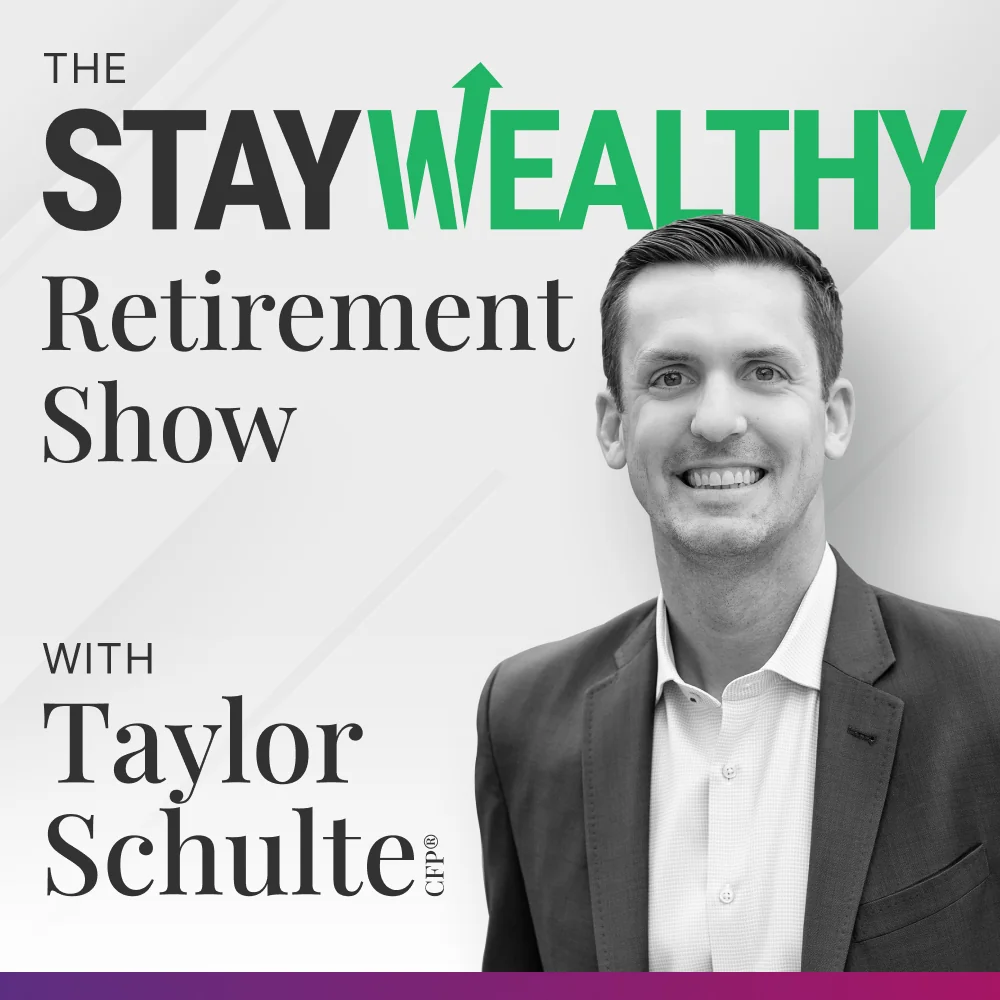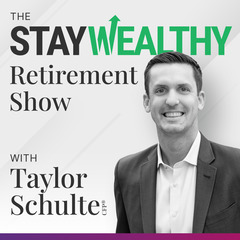In this episode, I share answers to the most common questions about dividend investing.
I also explain why dividend investing is not the best strategy for creating retirement income.
Choosing the right investment approach is crucial for your retirement success, and relying solely on dividends could potentially hinder your long-term plan.
So, if you want to learn about alternative strategies for retirement income and understand the pros and cons of dividend investing, you’ll love this episode.
Listen To This Episode On:
Key Takeaways
- Dividend investing may not be the optimal strategy for creating retirement income due to potential risks and tax inefficiencies.
- Total return investing, which considers all sources of investment returns, can provide more flexibility and potentially better outcomes for retirees.
- When selecting dividend-focused funds, it’s crucial to consider factors beyond yield, such as the fund’s methodology, diversification, and expense ratio.
- Stock buybacks, while controversial, are neither inherently good nor bad – their effectiveness depends on how companies use them.
Understanding Dividend Investing and Retirement Income
Many investors believe that spending dividends from their investments is an easy way to create retirement income without touching the principal.
However, this approach has several potential drawbacks:
- Yield Limitations: The current yield for global stocks is only about 2%. This may not be enough to meet your income needs.
- Risk of Chasing Yield: To increase income, you might need to invest in higher-yielding, riskier assets, which could potentially compromise your long-term financial plan.
- Inflexibility: Relying solely on dividends can force you to make reactive changes to your portfolio during market downturns, potentially at inopportune times.
- Tax Inefficiency: Dividends are often less tax-efficient than other investments, potentially reducing your after-tax income.
Instead of focusing solely on dividends, consider a total return investing approach. A total return investing strategy:
- Allows your risk tolerance and retirement goals to drive portfolio construction.
- Considers all sources of investment returns (dividends, interest, and capital appreciation).
- Provides more flexibility in withdrawing retirement income.
- Offers better tax efficiency and portfolio longevity.
Remember, the best investment philosophy is one you can stick with long-term. If dividend investing aligns with your preferences and desired investing approach, it may be a viable option for you.
Selecting Dividend-Focused Funds: What to Consider
If you decide to pursue dividend investing, it’s important to choose high-quality funds that don’t just chase yield. Here are some factors to consider:
- Global Diversification: U.S. dividend yields are currently lower than overseas yields. Consider whether global diversification aligns with your investment philosophy.
- Quality vs. Yield: Higher-quality dividend funds often have lower yields. Be cautious of funds with unusually high yields, as they likely carry more risk.
- Fund Methodology: Read the dividend funds methodology to understand how it selects stocks. Look for strategies that focus on high-quality companies trading at reasonable prices.
- Expense Ratio: Dividend-focused funds often have higher expense ratios than simple, broad-based index funds. Consider whether the potential benefits outweigh the higher costs.
Here are a few dividend-focused funds to consider researching:
- Schwab U.S. Dividend Equity ETF (SCHD): Low-cost with a 3.4% yield, but limited to 100 companies, and has underperformed the S&P 500 since inception.
- Schwab International Dividend Equity ETF (SCHY): This relatively new fund offers global exposure with a 4.5% yield, but it holds only about 100 securities.
- Cambria Shareholder Yield Fund (SYLD): This fund focuses on total shareholder yield (dividends, buybacks, and debt paydowns) but has a higher-than-average expense ratio.
Remember, these are not recommendations but starting points for your own research if you insist on dividend investing.
Understanding Stock Buybacks: The Controversy Explained
Stock buybacks have become increasingly popular among companies as a way to return cash to shareholders. However, they’ve also faced criticism and new regulations.
Here’s what you need to know:
- Shift from Dividends to Buybacks: Many companies have moved away from dividends in favor of buybacks, partly due to tax advantages.
- New Excise Tax: In 2022, the U.S. government imposed a 1% excise tax on buybacks to address lost tax revenue. Proposals are being made to increase this to 4%.
- Criticism of Buybacks: Some argue that buybacks benefit executives and shareholders at the expense of workers and research & development.
- Defender’s Perspective: Proponents argue that buybacks are simply a tool that can be used effectively or ineffectively, depending on the company’s decision-making.
- Impact on Investors: Despite the new tax, buybacks generally remain more tax-efficient for shareholders than dividends.
The buyback debate highlights the complexity of corporate finance decisions and their broader economic impacts. As an investor, it’s important to understand these issues but also to focus on your overall investment strategy and goals.
Bottom Line
Dividend investing can seem attractive, but it’s crucial to understand its limitations and potential risks.
A total return approach to investing and creating retirement income often provides more flexibility and potentially better outcomes for retirees.
If you do choose to focus on dividend-paying investments, be sure to consider factors like quality, diversification, and costs in addition to yield.
And remember, whether it’s dividends or buybacks, how a company returns value to shareholders is just one piece of the investment puzzle.
Ultimately, the best investment strategy is one that aligns with your goals, risk tolerance, and overall financial plan. Consider consulting with a financial advisor to determine the most appropriate approach for your unique situation.
When You’re Ready, Here Are 3 Ways I Can Help You:
- Get Your FREE Retirement & Tax Analysis. Learn how to improve retirement success + lower taxes.
- Listen to the Stay Wealthy Retirement Show. An Apple Top 50 investing podcast.
- Check Out the Retirement Podcast Network. A safe place to get accurate information.
+ Episode Resources
- Retirement Income Series
- Total Return Investing
- How to Use a Total Return Approach for Retirement Income [Schwab]
- Yield vs. Total Return [Investopedia]
- Understanding the Tradeoffs of Total Return and Income Investing [First Ascent]
- Why Take Sides [Morningstar]
- Dividend Funds and Resources
- Stock Buybacks




